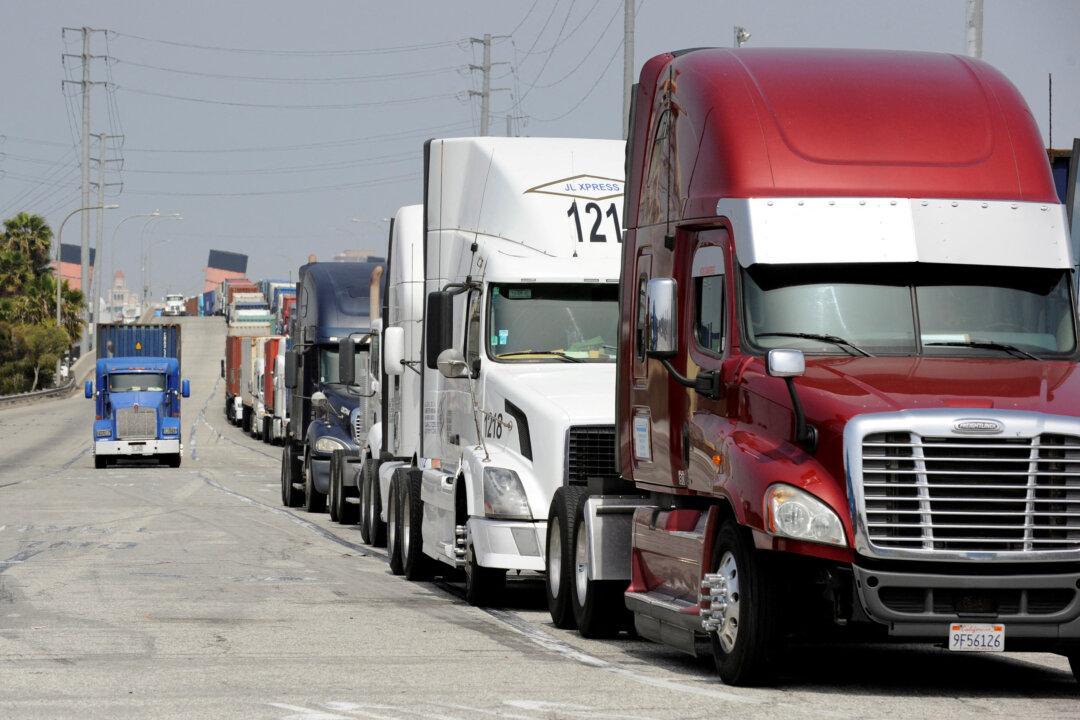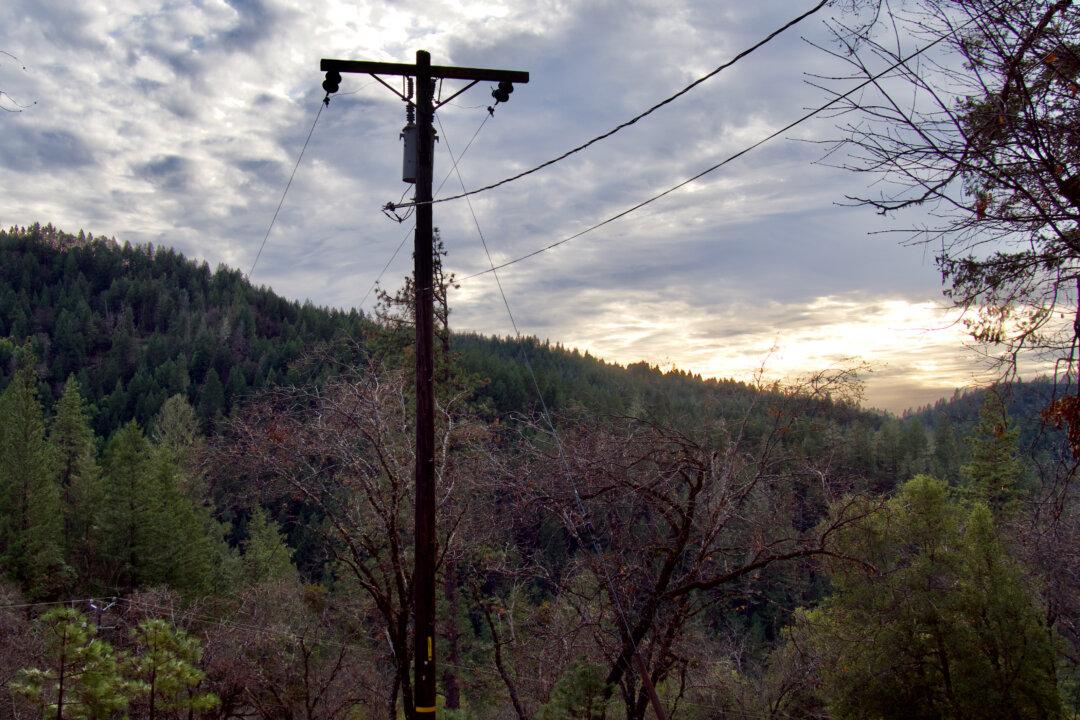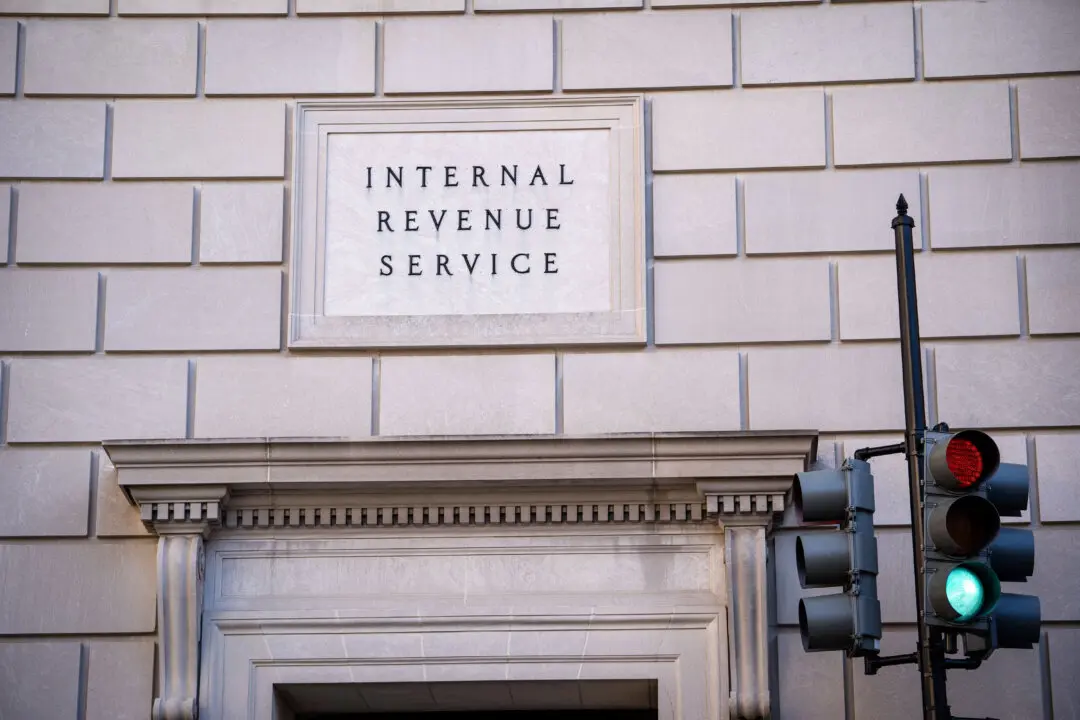Though many blame the Russian attack on Ukraine as being the main driver of Europe’s energy crisis, the actual reason began well before the conflict, and is linked to bad energy decisions by the bloc, according to an analysis by the Institute for Energy Research (IER).
Post the COVID-19 lockdown in 2021, energy demand in Europe “came back with a vengeance,” according to the analysis published on Dec. 19. However, since Europe had cut leases for oil and gas production, banned hydraulic fracking, and shuttered its nuclear and coal plants while pushing renewable energy policies, the region did not have enough readily available energy to meet the rising demand.





